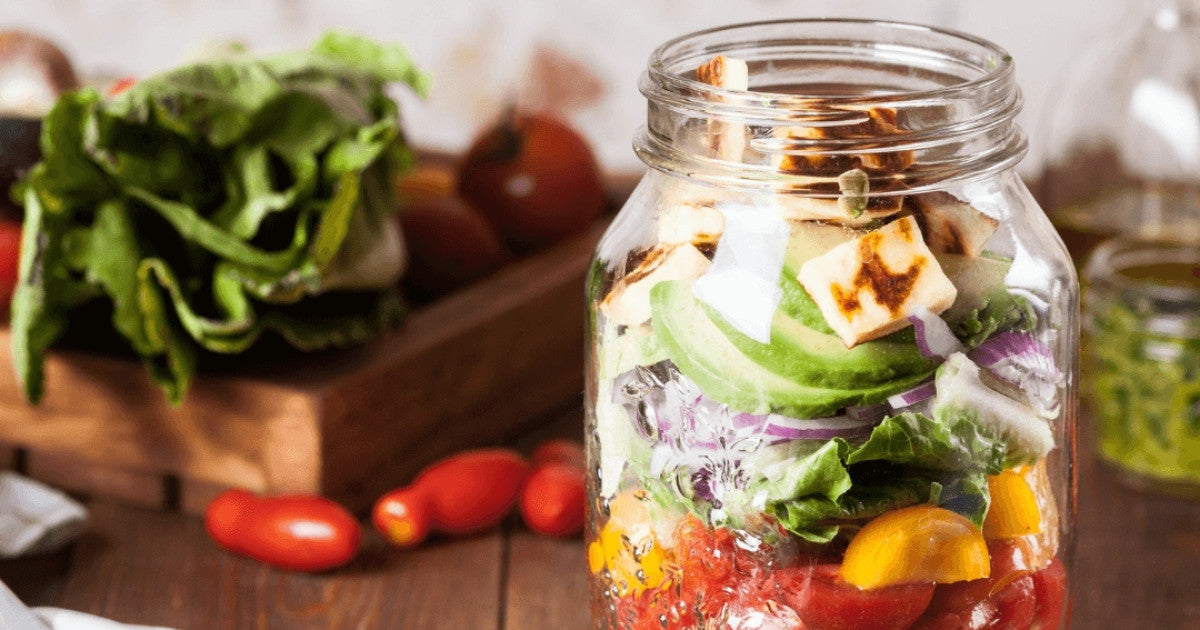Are you struggling with chronic pain and inflammation?
If so, you're not alone. Chronic pain and inflammation are common conditions that can have a negative impact on your life. Fortunately, there are ways to reduce the symptoms of pain and inflammation. One of the most effective and natural methods is to make changes to your diet and lifestyle. In this article, we'll explore how diet and nutrition can help reduce inflammation and provide powerful pain relief.
Introduction to Diet and Nutrition for Pain Relief
Pain and inflammation are caused by a variety of factors, including genetics, age, and lifestyle. While you may not be able to control all of these factors, you can take steps to reduce your pain and inflammation. One of the most effective ways to do this is to adjust your diet and make lifestyle changes. Eating a healthy diet and making lifestyle changes can help reduce inflammation, which in turn can help reduce pain.
How Diet and Nutrition Help Reduce Inflammation
Your diet and nutrition play an important role in reducing inflammation. Eating a healthy diet that includes vegetables, fruits, and quality meat with healthy fats can help reduce inflammation. Additionally, avoiding processed foods and sugary drinks can also help. Eating a healthy diet helps to reduce inflammation because it provides the body with the nutrients it needs to fight inflammation while also helping to achieve and/or maintain healthy body composition.
In addition to eating a healthy diet, it's also important to avoid certain foods that can cause inflammation. Foods that contain trans fats as well as refined carbohydrates, can increase inflammation. Avoiding these foods can help reduce inflammation which can result in pain relief.
Finally, certain supplements can also help reduce inflammation. Omega-3 fatty acids, probiotics, and vitamin D are all supplements that can help reduce inflammation. Taking these supplements can help provide powerful pain relief by reducing inflammation — don’t forget to consult a medical professional first!
The Benefits of Eating a Healthy, Anti-Inflammatory Diet
Eating a healthy, anti-inflammatory diet can provide a variety of benefits, including:
- Improved digestion
- Reduced inflammation
- Improved immune system
- Reduced risk of chronic diseases
- Increased energy
- Improved mental clarity
These benefits can help reduce pain and improve your overall health and well-being. Eating a healthy, anti-inflammatory diet can help produce powerful pain relief and improve your quality of life.
Foods to Avoid to Reduce Inflammation
In addition to eating a healthy, anti-inflammatory diet, it's also important to avoid certain foods that can increase inflammation. Some of the most common foods to avoid for reducing inflammation include:
- Refined carbohydrates, such as white bread, processed snack foods, and sugary drinks
- Seed and vegetable oils such as canola oil and sunflower seed oil
- Refined sugar, such as candy
- Processed foods, such as many fast food options
- Alcohol
Avoiding these foods can help reduce inflammation and provide powerful pain relief.
Foods to Include in an Anti-Inflammatory Diet
In addition to avoiding certain foods, there are also certain foods that can help reduce inflammation. Incorporating these foods into your diet can help reduce inflammation and provide powerful pain relief. Some of the most common anti-inflammatory foods include:
- Fruits and vegetables, such as spinach, kale, blueberries, and strawberries
- Whole grains, such as oats, quinoa, and brown rice
- Lean proteins, such as fish, poultry, and beans
- Healthy fats, such as olive oil and nuts
- Herbs and spices, such as turmeric and ginseng
Incorporating these foods into your diet can help reduce inflammation, providing powerful pain relief.
Electroceutical Patches for Reducing Inflammation
LUMINAS Relief Electroceutical Patches can mitigate the negative effects of chronic pain and inflammation. They are drug-free electroceutical patches and are a great alternative to OTC medication and topical creams. LUMINAS uses electron signatures of ingredients known to reduce pain and inflammation. These patches have an edge on competitors because they last 24 hours and begin to work in as little as 15 minutes, compared to most pain-relieving products. These patches are clinically proven, with no side effects, and are safe for all ages. Learn more about the benefits of electroceutical patches.
Tips for Making Long-Term Changes to Your Diet and Lifestyle
Making changes to your diet and lifestyle can be difficult, but it's important to stick with it. Here are some tips for making long-term changes to your diet and lifestyle:
- Start small. Making too many changes at once can be overwhelming. Start with small changes and gradually build up.
- Find a support system. Talk to your friends and family about your goals. Having support can make it easier to stay on track.
- Set realistic goals. Setting unrealistic goals can lead to disappointment and frustration. Set realistic goals that you can achieve.
- Make it enjoyable. Incorporate activities that you enjoy into your routine. This can make it easier to stick to your goals.
- Be patient. Making long-term changes to your diet and lifestyle takes time. Be patient and stay focused on your goals.
Diet and nutrition play an essential role in managing pain and inflammation. Eating a balanced and healthy diet, full of high-quality foods, is key for reducing inflammation, which can cause both pain and a range of other health complications. Eating nutrient-rich fruits and vegetables while limiting foods that promote inflammation, can dramatically change your symptoms. An anti-inflammatory diet is not an overnight fix, but by following these guidelines, you can reduce pain and inflammation over time.




Share:
How To Help Your Aching Hands
Sleep Myths Debunked